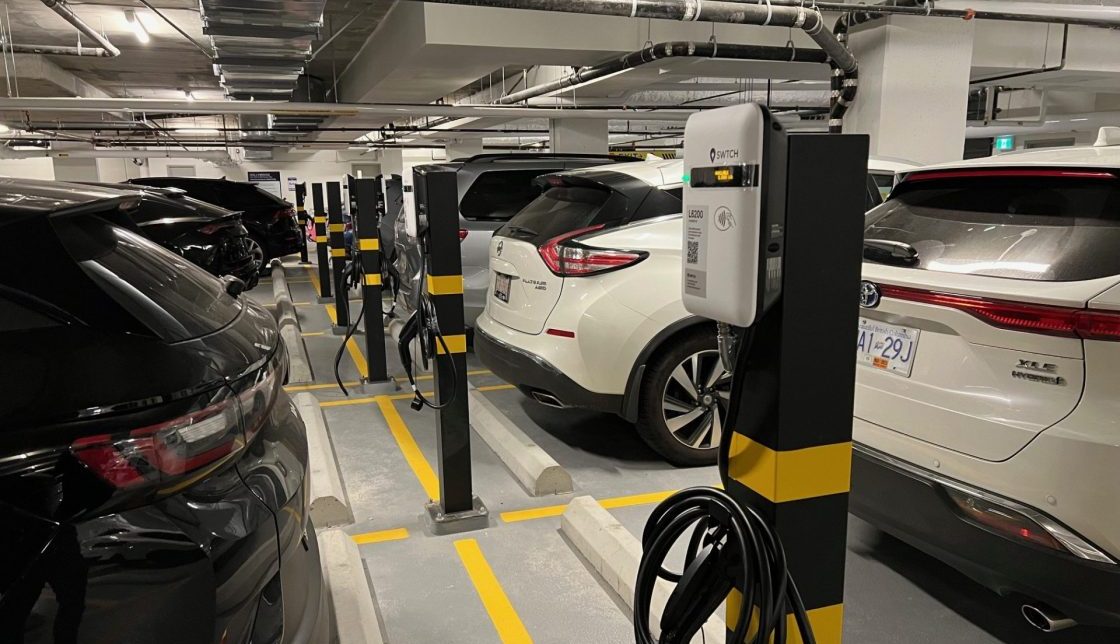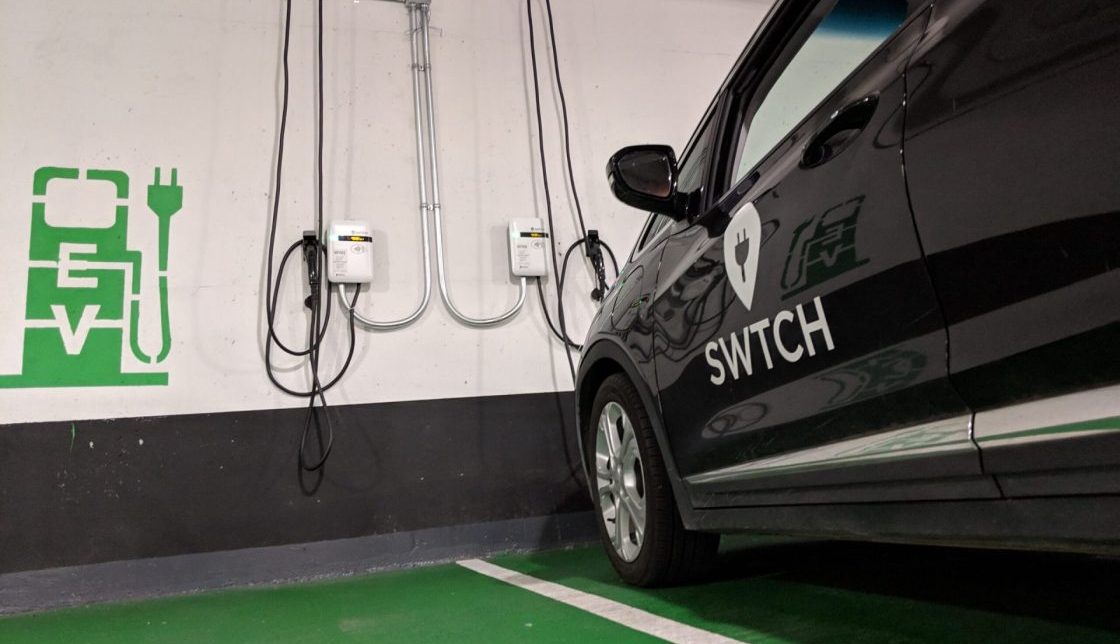The State of Electric Vehicle Charging for Multifamily Housing Report: Key Insights and Recommendations
Electric vehicle (EV) adoption is accelerating in the U.S., but there are still significant barriers to access and convenience for residents of multifamily housing (MFH). A recent report from Energy Innovation titled The State of Electric Vehicle Charging for Multifamily Housing highlights key challenges and solutions in this sector.
The TL;DR: Multifamily properties are uniquely positioned to drive EV adoption, but without adequate infrastructure, millions of residents will have difficulties in making the switch to electric.
Here are a few of the report’s key findings, as well as its practical recommendations for how governments, property owners, operators, and tenants can help bridge the charging gap.
Key findings from the report
Multifamily residents face many obstacles to getting EV charging
While residents of a single-family home can add EV charging with (usually) relatively little challenge, many obstacles can make EV charging less accessible for multifamily residents.
These include the costs of retrofitting a multifamily property to be able to accommodate EV charging, a lack of EV-ready parking, and a need to educate, convince, and coordinate with other residents and the property management group to proceed with an EV charging project.
As a result of these obstacles, far fewer multifamily properties have EV chargers installed relative to single-family homes. This leaves many renters and condominium owners feeling forced to rely on gas-powered vehicles.
Despite the obstacles, there’s high demand for charging by multifamily residents
The lack of EV charging at multifamily properties is not representative of demand, which is growing quickly among multifamily residents.
Here’s the most important detail, though: An increasing number of renters are willing to pay more for properties that offer onsite EV charging. For some renters, EV charging is simply a requirement and they will avoid renting at a property that lacks charging.
We’re not that far away from a market in which EVs will be the best or only options for most drivers. For multifamily property owners, then, there’s a clear advantage to be had in installing EV chargers and attracting residents willing to pay a premium for a unit in their building.
Smarter chargers can help mitigate the grid impacts of expanding charging
Concerns exist around what impact it might have on the grid to deploy the millions of EV charging stations necessary to power an all-electric future. These concerns are not specific to multifamily properties, but the shared infrastructure associated with multifamily buildings make the electricity impacts a real issue for such properties as well as for the grid more broadly.
One of the keys to effectively integrate EVs into the grid is to use intelligent charging technology that can manage energy delivery based on overall grid demand and activity. This technology makes it possible to employ a far larger number of EV charging stations without negatively impacting grid functioning or stability.
Recommendations for Stakeholders
The report recommends a number of actions to be taken by governments, property owners, and multifamily property residents to encourage and enable more widespread access to multifamily charging.
Governments
- Expand Financial Incentives: Increase rebates, grants, and funding for MFH EV charging installations. These financial incentives help address a key barrier when it comes to charger installation for the multifamily property sector – cost – and make it more appealing.
- Modernize Building Codes: Include EV charging infrastructure for a percentage of parking spaces for new construction and major renovations. Known as “EV readiness,” this proactive approach leverages the cost savings associated with designing, engineering, and installing charging infrastructure during construction rather than after the fact.
- Enhance Utility Programs: Partner with utilities to offer tailored programs that simplify EV charger installations in multifamily housing, including technology solutions such as smart load management systems.
- Implement Simpler Permitting Processes: Streamline regulatory requirements to reduce delays in charger deployment, encouraging quicker adoption.
- Facilitate Financing: Improve access to low-interest loans and other financing mechanisms to help fund EV charging infrastructure investments.
Multifamily Owners/Operators
- Leverage all Available Incentives: Actively pursue government and utility incentives to offset installation costs, making EV charging more affordable and economically sustainable.
- Conduct Tenant Surveys: Engage with and educate residents to understand their EV charging needs to align investments with demand and boost property value.
- Plan for Scalability: Design charging infrastructure with sufficient capacity to accommodate future demand, reducing the need for costly upgrades later.
Residents
- Be proactive: Research the costs of installing an EV charger and present the information to the building manager or owner.
- Conduct a survey: Get a sense of how many others need access to charging and present this information to your property managers.
- Engage your local politicians: Help educate officials on the importance of multifamily EV charging and the potential benefits of right-to-charge laws. You might also work with local EV advocacy groups to coordinate efforts with others active in this space.
Our take: The importance of improving multifamily charging + how SWTCH will help
About a third of US households live in multifamily housing. Investing in EV charging infrastructure for these properties is about more than meeting market demand for this sector. From an ecological standpoint, it’s a critical step toward reducing carbon emissions and supporting a cleaner future. From a sociological standpoint, it’s a necessity to ensure the health benefits of electrification apply to everyone, not just those who live in single-family homes. And from a financial standpoint, it’s about making sure all households can enjoy the cost savings associated with driving electric.
As a society, we need to make this happen, and reports like this one are instructive, educational, and motivating as we work to make multifamily EV charging a reality.
And as a charging provider that leads in this space, we have customized our products and solutions for multifamily properties of all kinds. We know what it takes to make multifamily EV charging accessible and affordable for all kinds of properties.
If you’re interested in exploring this topic more, please review our guide to multifamily EV charging or get in touch with our team today. We’ll be happy to discuss your multifamily charging needs and how our solutions can help.
For the complete report from Energy Innovation, click here.






